Deciphering Automatic Gear Shifters For Beginners!
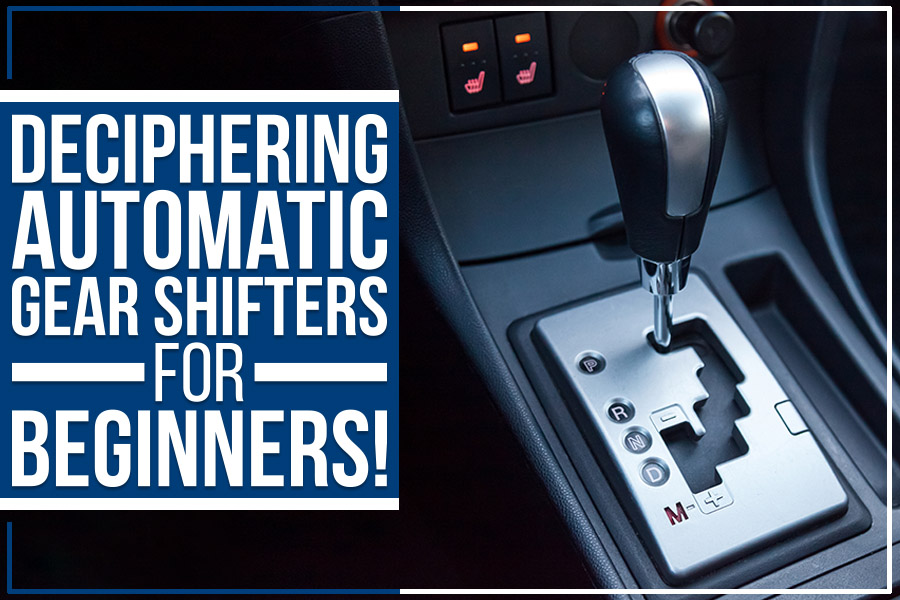
You’re not alone if you’ve ever wondered what those letters and numbers on your automatic transmission shifter mean. Here at Mike Patton CDJR, we get asked about it all the time. So, we thought we’d take a moment to explain the meaning of automatic gear shift letters and numbers.
Basically, the letters and numbers on your shifter indicate the different gears that your car is capable of shifting into. For example, the letter “P” stands for Park, while the letter “D” stands for Drive. We will get into more details about what they mean, but let’s understand how an auto transmission works & how it differs from a manual transmission.
How Does Automatic Transmission Work?
An automatic transmission is a vehicle transmission that can change gear ratios as the vehicle moves, where the driver is free from the hassle of changing gears. A notable difference between automatic and manual transmissions is that automatics use a torque converter instead of the good ol’ clutch.
The torque converter connects your engine to the transmission. It essentially “multiplies” the engine’s torque so that more power can be sent to the transmission, making it easier for the transmission to switch gears.
Now, let’s comprehend the meaning behind those letters and numbers on your automatic transmission.
P is for Park
When parking your car, make sure to put it in P mode. P position locks the transmission and prevents the vehicle from moving. This option is most common when you have to park on a slope.
R is for Reverse
When you want to drive your car in the reverse direction, use R gear. It’s as simple as that! You will be using this option when you have to park in a tight space or back out of the driveway.
N is for Neutral
Just like it sounds, the N position disengages the engine from the transmission so your car can idle without moving. You will most likely use this option when servicing your vehicle or jump-starting another car.
D is for Drive
This is the most commonly used gear, which means your car will move forward. Use this option when you’re ready to hit the road!
The Numbers
The numbers indicate the different gear ratios that the transmission can shift into. The lower the number, the lower the gear ratio. The higher the number, the higher the gear ratio. For example, if you’re on D1 and need more power to climb a hill, you can shift into D2 or D3.
Conclusion:
There you have it! A quick guide to understanding your car’s automatic transmission shifter. Now that you know the basics, you can better discuss any issues you may be having with your car with your mechanic or expert.
If you are looking to buy a new car, be sure to check out Mike Patton CDJR, serving Oaks Grove, GA. We have an extensive selection of new and used cars, trucks, and SUVs for you to choose from. Our cordial staff would be more than happy to answer any questions you may have.
Contact us today!
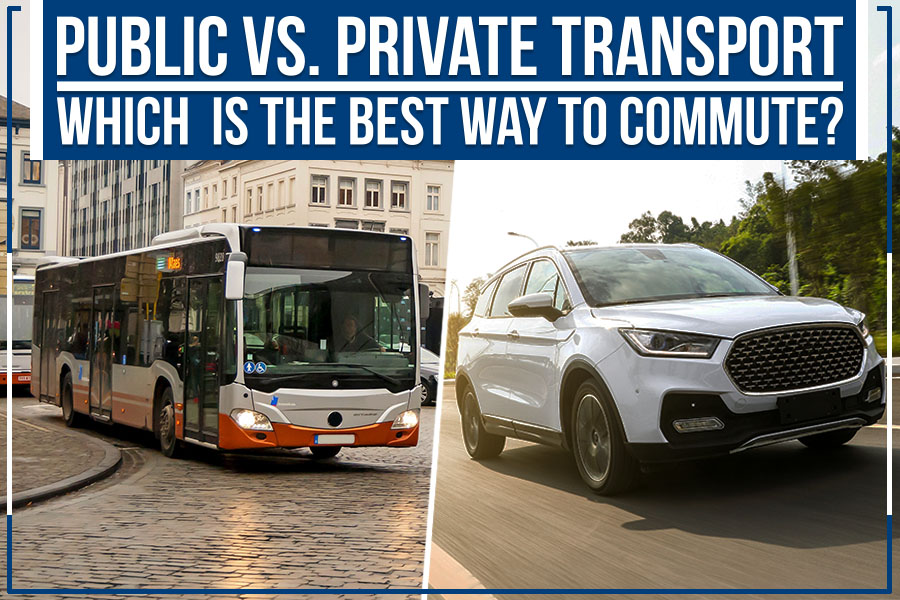
Private transport wins over public transport by a wide margin. Some people object that private cars cause environmental pollution, but hybrids and electric vehicles will most likely resolve this concern very soon. However, this is not the only reason private transport should be your go-to choice.
At Mike Patton CDJR, we understand what people need, and thus, we bring your the top six reasons how public transport cannot win over private transport.
Reason # 1: You get to save time
The time that you spend waiting for a bus or a train could be used more productively. With private transport, you can avoid wasting time and use it for work or leisure.
Reason #2: You can avoid crowds
Over-crowdedness is a common issue with public transport, which can be uncomfortable and unsafe. Private transport gives you the advantage where you can avoid these crowds and travel in comfort.
Reason #3: You can travel on your schedule
Private transport lets you come and go as you please. On the other hand, public transport follows an established schedule that may not always be convenient for you.
Reason 4: You can get door-to-door service
Trains and buses do not take you right to your destination, and you may have to catch a taxi or walk to your destination. In contrast, you can reach your venue directly in the comfort of a car.
Reason 5: You can avoid delays
Public transport often faces the problem of unannounced delays due to weather and mechanical issues. You can avoid these delays with your own car and get where you need to go on time.
Reason 6: You can travel in comfort
Public transport can be uncomfortable, especially during peak hours when it’s cramped up with people. With a private vehicle, you can travel comfortably, avoid the crowds and stretch your legs whenever needed.
Reason # 7: You can travel in safety
You are exposed to several safety hazards when traveling through public transport. From theft to catching viruses, there are many risks associated with it. You can avoid these risks and travel safely in the comfort of a car.
Reason # 8: You can enjoy your solitude
If you’re the type of person who enjoys some alone time, then private transport is the best option. You can enjoy the peace of your car without sharing it with anyone else.
Verdict:
There are many reasons to choose private transport over public transport. From the comfort and convenience of your own car to the safety and solitude it offers, private transport is the better option for many people.
A major benefit of a private car has surfaced in the age of the pandemic, as people prefer to travel in contained & sanitized spaces, unlike the high-risk areas presented by public transport.
If you’re looking for a safe, comfortable and convenient car, visit us at Mike Patton CDJR. We are one of the best dealerships serving Hillcrest, GA, and we can help you find the perfect car for your needs. Whether looking for a new Chrysler or a pre-owned Dodge, we have an extensive inventory of new and used top-notch vehicles.
Contact us now to learn more!
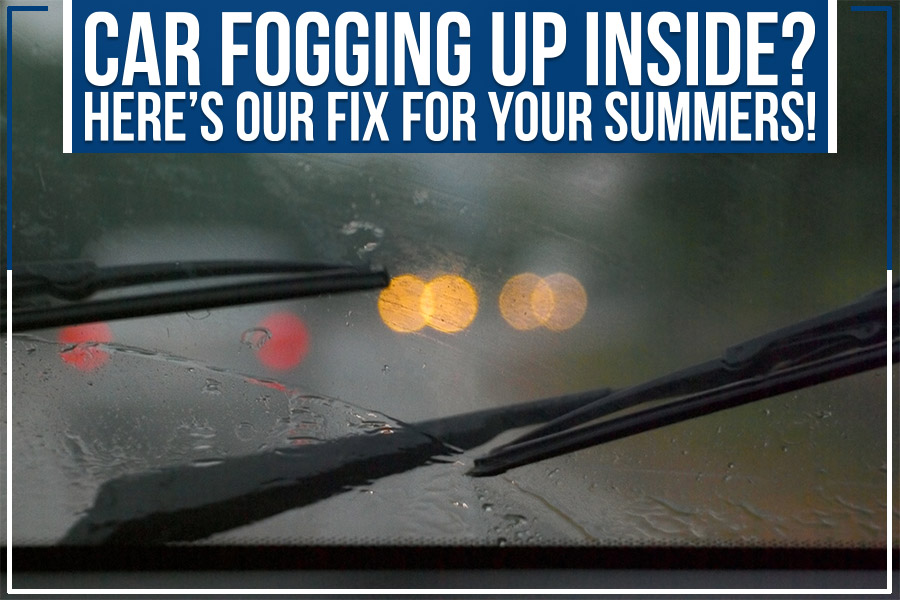
If you’re like most drivers, you hate having to wipe your windows clean every time you get in your car. In the summertime, it’s hot and sweaty inside your car, and in the rain, it’s just plain uncomfortable. Well, we might have great news for you! There are a few things that you can do to stop your car windows from fogging up inside.
In this blog post, Mike Patton CDJR will discuss methods you can use to keep your car windows clear all year long!
The best place to be in this scorching heat is in an air-conditioned setting, such as your car. When hot air from the outside comes into touch with the cool glass of the automobile, little droplets of water form on the surface, making it harder to see. When this type of mist is easier to remove, it can be quite unpleasant when driving. Here are some ideas for defogging your car’s window and windshield in the summer.
1. Reduce The AC Speed:
While sitting inside a chilly car may feel like bliss, the temperature difference from inside to outside would undoubtedly make driving difficult. You may lessen the amount of fogging on your windshield and glass by slightly turning down the air conditioning. When there is an elevated temperature inside the car, the internal air begins to match the air outside, and the fogging stops soon.
2. Turn On The Windshield Wipers:
Since condensation forms outside the car throughout the summer, it is much easier to remove with only the wipers. Condensation is vapor that has cooled down to liquid form on the surface of your windshield, and the car’s wipers are designed to remove all sorts of precipitation from it. This liquified vapor is easily wiped off with the blades on low.
If the wipers seem to be streaking across the windshield, spray some cleaner on them and reduce the wipers’ speed so they also clean the glass. Make a mental note to have the wiper replaced on the next service trip to the auto shop.
3. Roll Down The Windows:
Rolling down the windows a crack is the quickest and easiest way to defog your car’s window and windshield for those who are accustomed to the summer heat and prefer to prioritize safety above comfort.
You need only to open the windows a little, just as soon as you see your windshield and windows fogging up. This will let the outside air fill the interior of the car. This will maintain the automobile’s interior at the same temperature as the outside, thereby eliminating fogging.
4. Use Dehumidifier:
Complete moisture removal from the car is one of the most effective techniques to curb cockpit humidity and, consequently, any risk of fogging. On the other hand, dehumidifiers for your car can be pretty costly. You can use silica gel packs as an alternative. They are inexpensive yet effective in absorbing moisture. Just keep them on your dashboard, and the humidity will disappear.
5. Use Shaving Foam:
Another fantastic solution for preventing windshield fog is shaving foam. Take some freshly dispense foam and smear it on the windshield. Let the foam stay on the glass for over 2 minutes before wiping the residue away with a microfiber towel. The objective is to create a protective barrier between the windshield & the moisture, preventing dampness from accumulating on it.
Want an air conditioning repair to prevent fogging?
Visit Mike Patton CDJR, serving Mountville, GA; our technicians are highly qualified and certified to conduct any service on your car that you may require.
How To Deal With Scratches On Your Car’s Body?
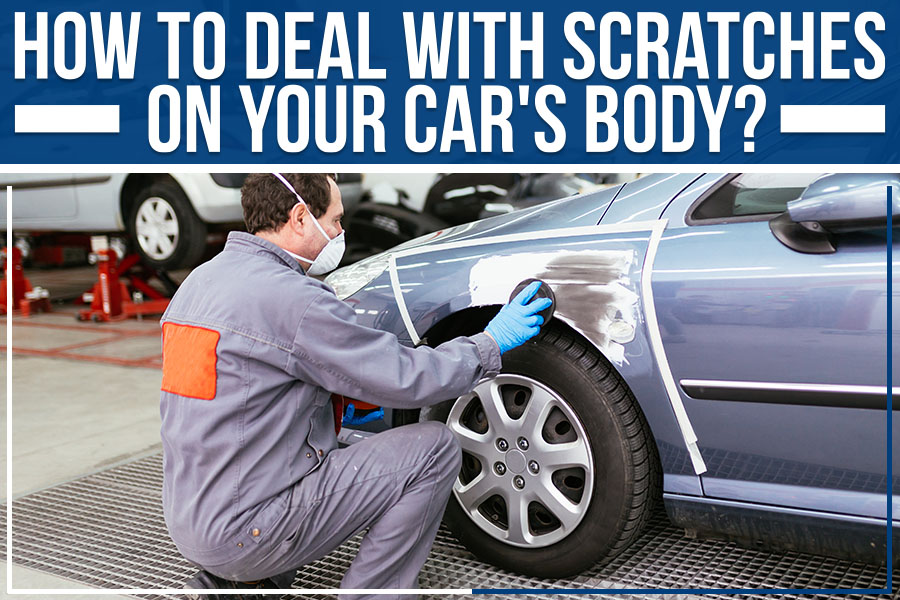
Have you ever glanced at your ride and noticed scratches all over it? And did you then just accept the fact that your car was going to look like that forever? Or maybe you tried to cover them up with a coat of paint, but they would always show up again.
Well, what if our experts at Mike Patton CDJR told you there is a way to remove scratches from cars permanently? It’s true! And in this post, our experts are going to teach you how to do it. Stay tuned!
Car Scratches – Why & How?
Before we get into how to remove scratches from cars, let’s first look at why they happen and how you can prevent them.
Scratches on your car can come from several different things. For example, the branches can leave marks on your car if you accidentally brush up against a tree or bush while driving. Or, if you park in a garage or lot that has concrete floors, over time, the concrete can start to wear away at your car’s paint job and cause scratches.
You might also find that birds like to use your car as a perch, and their talons can also leave scratches. And of course, if you ever get into an accident (even a minor one), that can also cause scratches.
Let’s Fix Them Permanently
Well, now that we know some of the main causes of scratches, let’s look at how you can remove them.
Depending on how deep they are, there are various and unique ways to remove scratches from your car. If the scratch is just surface level, you can use polish or wax to try and buff it out. For deep scratches, you might need to use a rubbing compound. And for the deepest scratches, you might need to repaint the affected area.
1. Fixing Surface-Level Scratches
If you want to try and remove surface-level scratches yourself:
- Start by washing and drying the area around the scratch.
- Apply a small amount of polish or wax to the scratch and rub it in using a circular motion.
- Once the polish or wax is applied, use a clean, soft cloth to buff out the scratch.
2. Fixing Deeper Scratches
If the car scratch is deeper than the surface level, you’ll need to use a rubbing compound.
- Start by generously applying the rubbing compound to the scratch using a clean, soft cloth.
- Rub the compound into the scratch using a circular motion.
- Once you’ve applied the compound, use a different clean, soft cloth to buff out the scratch.
3. Fixing White Scratches
If the scratch is white, only the clear coat has likely been damaged. To fix this type of scratch:
- Start by applying a small amount of car wax to the scratch.
- Rub the wax into the scratch using a circular motion.
- Once you’ve applied the wax, use a clean, soft cloth to buff out the scratch.
Mike Patton CDJR, serving Lone Oak, GA, has a team of highly trained professionals that can help you with any of your car care needs! We want to ensure that your car is running smoothly and looking its best, so bring it to our service center today!
And while we get your car ready for the road – you can browse our new and used inventory or check out our financing options!

When it comes time to buy your next car, you’ll want to make sure you take advantage of the test drive your dealership is offering. It’s your chance to see how the car feels on the open road, its features, and driving, and it can help you determine if that vehicle is right for you. This blog will discuss a few vital tips on getting the most out of your test drive.
Mike Patton CDJR, serving Hogansville, is one of the area’s leading car service centers and dealerships. They have expert staff and offer car maintenance services at affordable rates. One can always consult us when looking to buy a new or used car. Read on for some exciting test driving tips.
Inspect Your Car Visually
What do you think when you first lay your eyes on the vehicle? Do you like the color? Its shape? If it’s a new car, is it the latest model? It’s essential to be happy with how the car looks on the outside. After all, you will have to look at it every day!
If you take a test drive in a vehicle that isn’t visually appealing to you, it will likely color your opinion of the car – even if it drives well. So, before you get behind the wheel, make sure you like what you see.
Do Some Research
Have you researched the make and model of the test driving car? It would help if you had a good idea of what you’re looking for before getting in the car.
When you do get in the car, you can pay attention to how it feels to drive rather than being distracted by all the features. Test driving will be a much more efficient process if you know what to look for.
Make sure you know things like:
-How much horsepower does the engine have?
-What is the turning radius?
-Is the car front- or rear-wheel drive?
-Does it have manual or automatic transmission?
Test Car Steering and Suspension
First, test the car’s steering. Make sure it’s tight and responsive. You should feel in control of the vehicle at all times. Next, test the suspension by driving over some bumps. The car should be able to handle them without too much bouncing around.
Test Car Brakes
Next, test the brakes. Brake firmly and see how long it takes for the car to stop. The vehicle should stop at a reasonably short distance. If you have to press the pedal down to the floor or the car seems to take forever to stop, there may be something wrong with the brakes.
The best way to know if a car is right for you is to take it for a test drive. When you go into the dealership, be prepared and know what you want. If you have questions or need help, our staff at Mike Patton CDJR, serving Hogansville, GA, is here to assist you. We have a wide variety of new and used cars in stock.
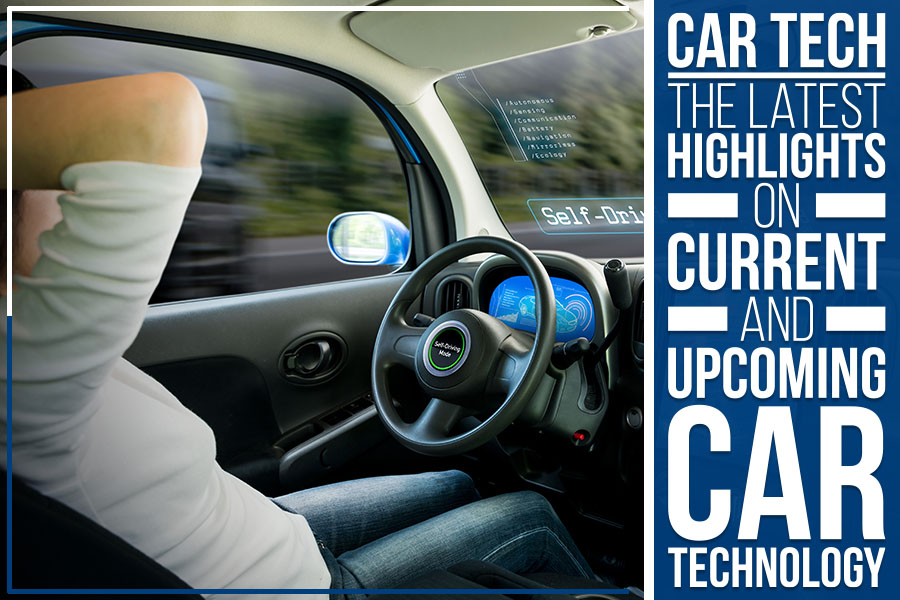
A natural attribute of most car owners is wanting to upgrade their cars. Some approach this by upgrading their models, while some upgrade parts and opt for the latest car technology. If you are also into advanced technology in cars, Mike Patton CDJR, serving LaGrange, GA, brings you highlights of a few current and upcoming car techs.
In the rapidly progressing city of LaGrange, GA, the availability of the latest car technology couldn’t be a problem. However, some might struggle with the choice of their integration and upgrades. Let’s look at the three main areas of advanced technology in cars.
AI and Connectivity
Whether it’s Google Assistant or Amazon’s Alexa, artificial intelligence contributes to creating a synchronized automated hub. All the features you have known your Artificial Assistant to take care of will now be conducted by your car. This includes letting your car schedule your dentist appointment to allow it to order dinner while on your way home.
The newer aspect of this technology is when Google integrated its Google Home ecosystem through its Assistant-enabled devices, including your smartphone-connected automobiles. Now you will be able to do much more than just letting your car order food for you.
Nvidia Autonomous Driving Chip
You have probably heard of Nvidia associated with your computer’s graphic card, but don’t be surprised when we tell you there is much more to this GPU inventor. Nvidia provides chips for several intelligent vehicles made centrally for autonomous features. However, in the future, we are looking forward to Nvidia’s Drive Orin SoC proliferating more and spreading out as more cars turn towards self-driving mechanisms.
New EV Battery Technology
Newer batteries are more powerful and longer-lasting, making them viable for many drivers. However, there is still room for improvement in this area. Researchers are working on new battery technology that could revolutionize the car industry. One new type of battery under development is the solid-state battery. This new battery is more durable and has a higher energy density than traditional lithium-ion batteries. As a result, it has the potential to extend the range of car batteries significantly. Additionally, solid-state batteries can be charged more quickly than lithium-ion batteries, making them even more convenient for drivers.
With continued research and development, new EV battery technology has the potential to improve the performance of automobiles significantly.
So, which upgrade are you going for with your car? If you feel like wanting to explore more and develop an in-depth understanding of these car technologies, Mike Patton CDJR, serving LaGrange, GA, will be happy to guide you. Our top-of-the-line experts are working round the clock to assist our customers in various aspects related to car service and deals. Order your car accessories today or contact us for more information!
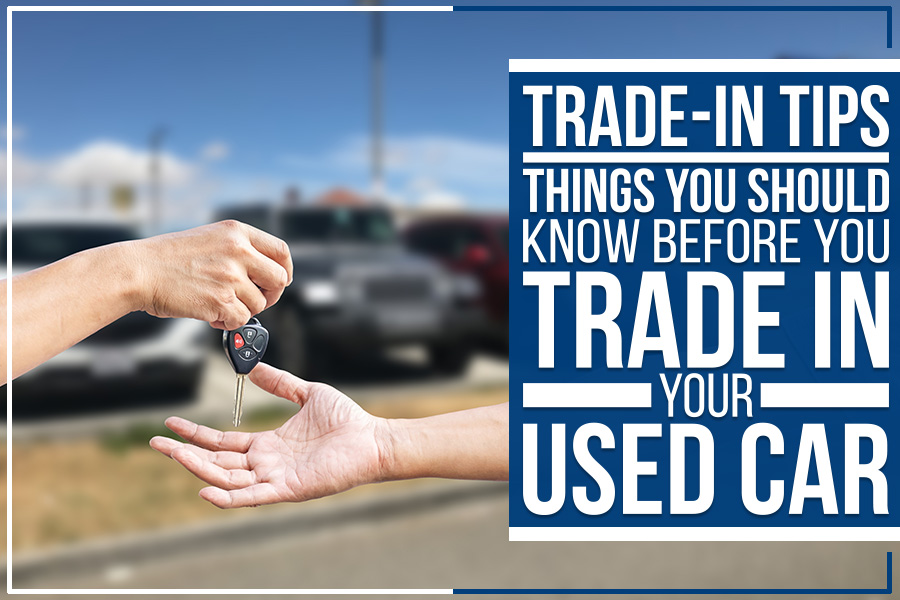
If you’re considering trading in your used vehicle, now is the time to do your research. It’s a big decision, and you should know a few things before getting started. This blog post will go over the basics of trading in a car, including what to expect and how it works. We’ll also give you tips for getting the best deal on your trade-in.
If you want more details, you can always consult an automobile dealership like Mike Patton CDJR. We have an accommodating staff and also offer car maintenance services. So read on for all the information you need to make the right choice for your next car!
How Does a Car Trade-In Work?
First, you should know how a car trade-in works. The dealership will appraise your car and give you a trade-in value when you trade in your vehicle. This is usually based on the car’s Kelley Blue Book value. They will then deduct this amount from the price of the vehicle you’re buying.
For example, let’s say you’re trading in a car worth $4,500 and buying a vehicle that is priced at $11,500. The dealership will subtract the $4,500 trade-in value from the $11,500 purchase price, and you will only have to pay $7,000 for the new car.
What Should You Expect from a Car Trade-In?
Now that you understand how car trade-ins work, what should you expect when you trade in your car?
The first thing to know is that the dealership’s goal is to make money. They are not going to give you the total value of your car. They’ll probably lowball you on the trade-in value to leave room for negotiation.
Therefore, it is essential to know the actual value of your car before you go into the dealership so you can negotiate from a position of strength. The best way to do this is by researching the vehicle’s Kelley Blue Book value. This will give you a good idea of what your car is actually worth.
Car Trade-In Tips
The following are some vital car trade-in tips to arrive at the best deal on your car at the car dealership.
- Know the value of your car before you trade it in.
- Ensure you have all the documents, e.g., registration details and service records.
- Give your car a servicing and a wash to ensure it looks its best.
- The dealership is looking to make money, so they’ll lowball you on the trade-in value.
- Use Kelley Blue Book to get an idea of your car’s actual value.
- Be prepared to negotiate.
- Finally, don’t be afraid to walk away from a bad deal.
Keep these car trade-in tips in mind, and you should be able to get a fair price for your ride when it comes time to trade it in.
Before you go trading in that old beater, schedule a service with Mike Patton CDJR, and we’ll take a look at the car to see if it’s worth repairing or selling outright. We offer competitive prices on used cars so you can get a great deal on a reliable ride. We serve Greenville, GA, and the nearby areas.
3 Simple Ways To Improve Your Vehicle’s Gas Mileage
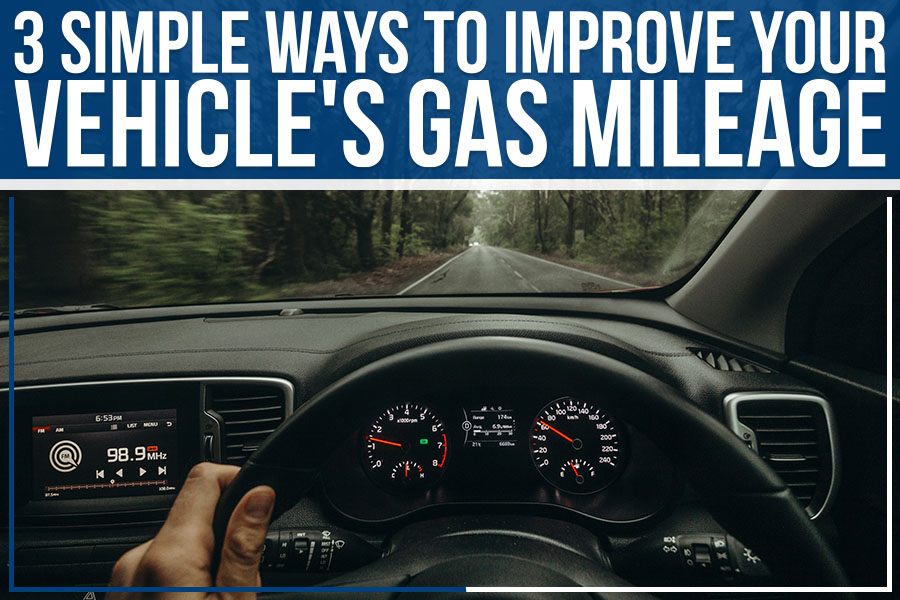
In today’s economy, it’s more crucial than ever to save money where you can. A simple way to do this is by improving your car’s gas mileage. If you follow these simple tips, you can easily cut down on how much you spend at the pump each month. So, what are you waiting for? Read on and start saving!
In this blog post, Mike Patton CDJR discusses three ways you can improve your vehicle’s gas mileage easily.
Excessive Idling Is a Leading Cause of Low Gas Mileage
When most people think about improving their car’s gas mileage, they think of things like driving below the speed limit or carpooling. An easy way to improve your mileage is by avoiding excessive idling. Idling uses up a significant amount of fuel, and it also emits harmful pollutants into the air. Of course, there are times when you can’t avoid idling, such as when you’re stuck in traffic or waiting for someone. However, over time, this can make a significant difference in your gas mileage.
Under-Inflated Tires Impact Gas Mileage
Most people are aware that properly inflated tires can help improve gas mileage. However, few realize just how significant the difference can be. According to the U.S. Department of Energy, properly inflated tires can improve fuel economy by up to 3%. That may not seem like much, but it can add up over time. For example, if you drive 15,000 miles per year and get 20 miles per gallon, inflating your tires to the proper pressure could save you up to $45 per year in fuel costs. In addition to saving money, properly inflated tires can also improve handling and braking and extend the life of your tires. So next time you’re at the gas station, take a few minutes to check your tire pressure.
Maintaining the Speed Limit
Driving at or below the speed limit not only improves gas mileage but also reduces wear and tear on your car. When you drive at a higher speed, your engine has to work harder to accelerate and uses more fuel.
Additionally, driving at a higher speed increases wind resistance, which also makes your car work harder and use up more fuel. But driving at a lower speed decreases wind resistance and makes your car work more efficiently.
Furthermore, driving at a higher speed causes your tires to spin faster, which increases the friction between the tires and the road. This friction wears down your tires more quickly and can cause them to burst. So not only is maintaining a speed limit good for your gas mileage, but it’s also good for your car’s longevity.
Are you concerned about the amount of gas your car is consuming? Please bring down to our car service center and let the experts at Mike Patton CDJR serving Stovall, GA, take a look. Our team of auto pros will do everything they can to get your car running as efficiently as possible so you can save some money at the pump. Plus, with our extensive inventory of new and used cars, you’re sure to find one that meets your needs and budget. So, come see us today and start saving! Schedule your service with us now!
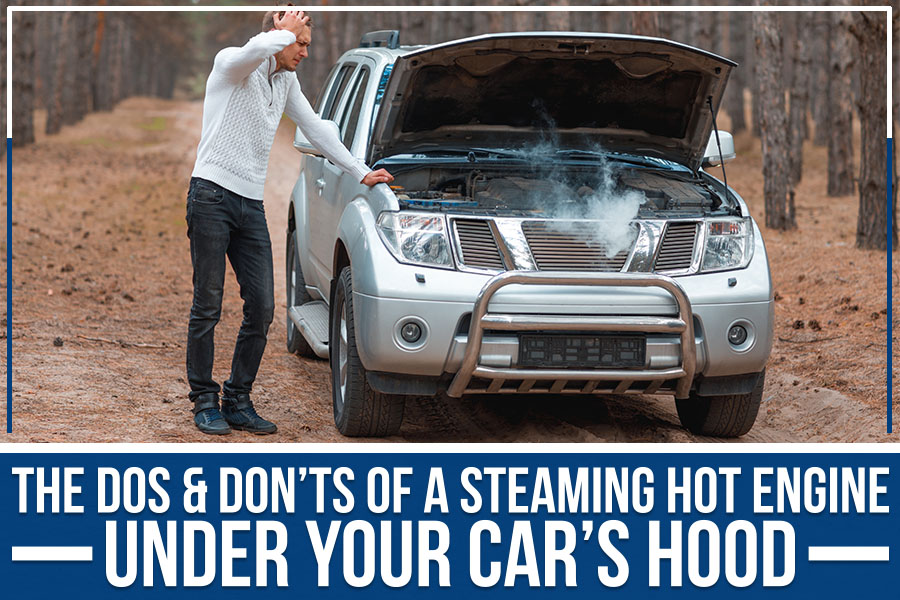
You’re driving down the highway on a hot summer day when all of a sudden, your car starts to overheat. What do you do? Do you keep driving and hope it will pass? Scoot up to the curb & wait for help? Or turn back around and head home? In this blog post, we’ll be going over what to do and not do when your car overheats. So, pull on a thinking cap, put on your reading glasses, and get ready to take some notes!
Why Do Engines Overheat?
Engines overheat for a variety of reasons. The most common reason is that the coolant level is low. Coolant circulates through the engine and helps to keep it cool. If there isn’t enough coolant, the engine can’t stay cool and will start to overheat. Other reasons for engines overheating include:
- A broken or damaged radiator hose
- A failed water pump
- A clogged radiator
- A problem with the thermostat
- Driving in hot weather
- Towing a heavy load
- Idling for long periods of time
What to Do When Your Car Overheats?
If your car starts to overheat, a sensible action is to hit the hazard indicator & pull to a side. Do not leave the car idling with the air conditioner on in an attempt to cool down the engine. This will only make things worse because an air-con just doesn’t work that way. Once you turn off the engine, open the hood and prop it up with a stick or something similar. You want to be able to see under the hood and check the coolant level.
If the coolant level is low, add more until it reaches the full line on the overflow tank. If you don’t have any coolant, you can use water but keep in mind that this is only a temporary fix, and you’ll need to get your car to a mechanic as soon as possible to have it properly serviced.
What to Avoid in an Overheating Car?
- Do not attempt to pry open the radiator cap if the engine is hot! You can seriously injure yourself if you do.
- Do not continue driving if your car starts to overheat. That will only worsen the problem and could cause irreparable damage to your engine.
- Do not put more coolant in than recommended by your owner’s manual or by a mechanic. Overfilling your cooling system can damage other parts of your vehicle, especially the water pump.
- Do not ignore warning signs that your car is overheating. If you see steam or find that your temperature gauge is rising, pull over as soon as possible and get your vehicle checked out before driving any further.
When your car overheats, it’s important to stay calm and take the necessary steps to protect both yourself and your vehicle. In this blog post, we’ve outlined what you should do when your car overheats and a few things you should avoid doing to minimize the damage.
If you have any questions or need assistance with diagnosing or repairing your car, don’t hesitate to contact us at Mike Patton CDJR, serving Pine Mountain, GA. We’re here to help!
Oh, and don’t forget to book with us for a service. Best to rid of any overheating issues in their infancy!
The Quick Car Checkup Before A Road Trip
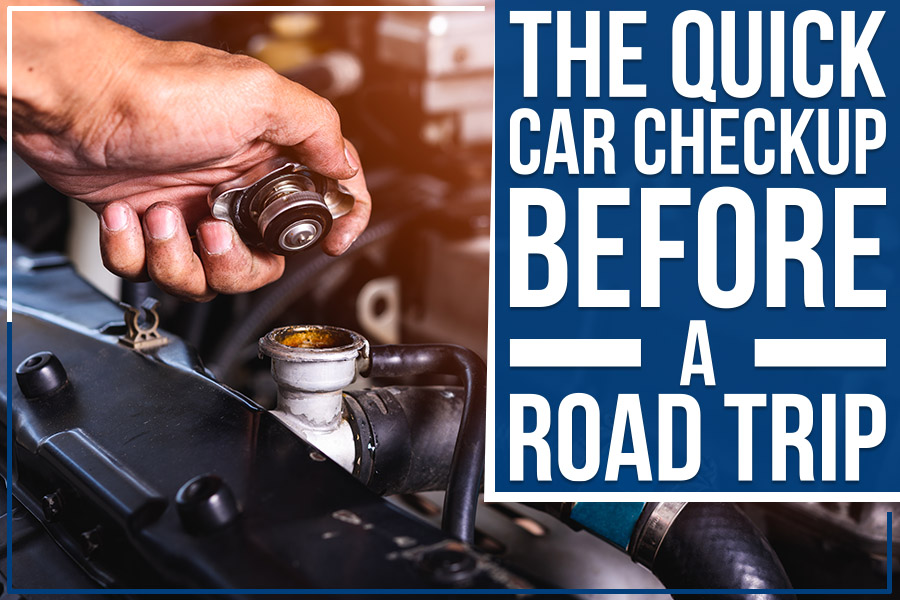
Are you one of the many people gearing up for a summer road trip? If so, it’s essential to make sure your car is in good condition before hitting the open road. A quick checkup can help identify any potential issues that could become problems during your trip. By taking care of these issues now, you can avoid costly and potentially dangerous repairs down the line.
Before starting your journey, get a quick car checkup from a professional dealership like Mike Patton CDJR. So, what should you look for during your car quick checkup? Keep reading to find out!
What is Included in a Car Checkup?
We all know the exciting feeling – you’re about to take a long trip – and the last thing on your schedule would be to expect your car to break down in the middle of nowhere. So, before you hit the open road, it’s essential to give your car a quick checkup to make sure everything is perfect.
Here are some checks your car can’t do without, especially with long trips:
1. Tire Pressure and Tread Depth
One of the most important things to check before a road trip is tire pressure and tread depth. Incorrect tire pressure can lead to uneven tire wear, decreased fuel efficiency, and even blowouts. Checking your tread depth is also important; if your tread is too shallow, you may not have enough grip on the road, which can be dangerous.
2. Oil Level and Condition
Another necessary car maintenance check is your oil level and condition. If your oil is low, it can cause engine damage, and if it’s dirty, it can clog up your engine. Checking your oil level and condition before a road trip can help you avoid serious car problems down the road.
3. Coolant Level
Your car’s coolant level should also be checked before a long journey. If your coolant is low, it could lead to your vehicle overheating, which could cause severe engine damage.
Problems You May Face Due To Not Getting a Car Checkup
A long journey probably means more chance that your car may face any trouble. It can be anything, so you need to be fully prepared before starting a journey.
Following are some common problems you may face if you start your road trip without getting a car checkup.
1. Your car could overheat
2. You may get a flat tire
3. Your car could break down
4. You could run out of gas
So, ensure the car is sound and in good condition to save you and your family from trouble.
If you have budding plans on taking a road trip, it’s essential to make sure your car is in good condition. A quick checkup can help identify potential problems and fix them before hitting the open road.
Schedule a service today at Mike Patton CDJR, serving West Point, GA, and let our team take care of everything for you. We want to make sure that your trip is as enjoyable as possible, and that starts with making sure your car is up to the task!






